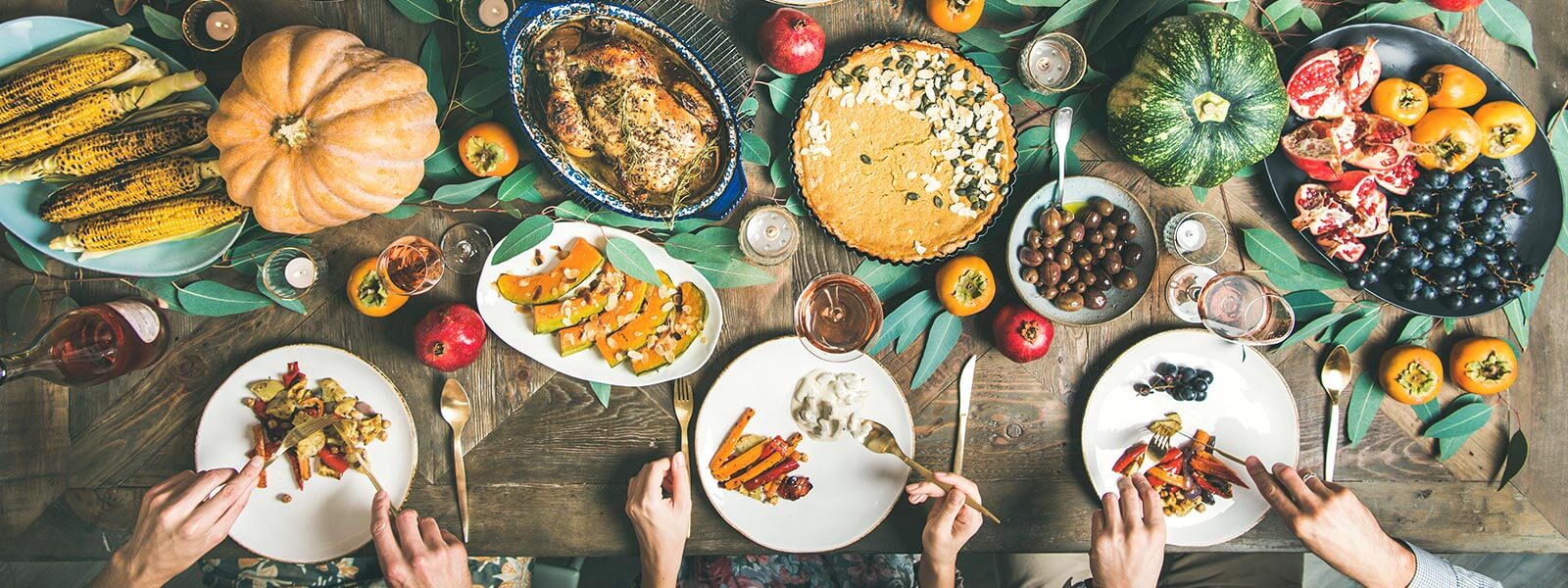
The beloved “most wonderful time of the year” is just around the corner and Spain, like other countries around the world, is getting into festive gear. Twinkling lights adorn city streets and store fronts, vendors sell roasted chestnuts on street corners, hundreds of people sift through trinkets and decorations at the numerous Christmas markets, elaborate Nativity scenes are erected in open spaces and, trust us, there’s nothing like wrapping your hands around a steaming cup of café con leche on a chilly winter day. Shops are packed with Christmas shoppers, the atmosphere is alive with cheer and you can see the exhilarated excitement in children’s faces as they wonder what gifts await them.
Christmas, that once-a-year day of family bonding and gift-giving cherished around the world, dates back to, well, the birth a couple thousand years ago of the very person it celebrates: Jesus Christ. This puts Christmas, for rather obvious reasons, in the top two in terms of importance on the Christian calendar, ranking right up alongside Easter. In Spain, Christmas is the first in a series of back-to-back holidays that seem to mesh together into one singular two-week stretch of non-stop festivities and gastronomic indulgence.
Speaking of gastronomic indulgence, sweets and pastries play a huge part of Spain’s Christmas celebrations. Supermarkets and pastry shops are packed to the brim with the array of traditional Christmas treats, amongst which you’ll find turrón (a type of nougat, with both soft and hard varieties), polvorones (crumbly shortbread made from flour, sugar and almonds), mazapán (marzipan) and alfajores (confection of Arabic origin, made from flour, honey, almonds and spices). The belle of the ball, however, is without a doubt the Roscón de Reyes (Kings Cake), a round, sweet and bread-like cake adorned with sugar and colorful candied fruits. Traditionally, this particular holiday sweet – enjoyed on Three Kings Day – has trinkets baked right inside of it; word has it that whoever finds the baby Jesus gets a boost of good luck for the year while whoever finds the bean has to pay for the roscón.
The Spanish holiday celebrations start up on Nochebuena, or Christmas Eve, which marks the first of the big, family-oriented holiday meals in which family members enjoy each other’s company while savoring the vast variety of diverse dishes. Following the filling, multi-course dinner, many families attend the Misa del Gallo, or Midnight Mass. While Santa Claus may pop in for a visit and leave a few gifts for the next morning, the most anticipated day – at least for the youngsters – is still nearly two weeks away!
Just a few days later, on December 31st, Spain joins countries around the world in ringing in the New Year, or Nochevieja, which begins with – what else – a big celebratory meal with family and friends. Come midnight is when the real fun begins, as revelers grab their glass of cava (Spain’s answer to France’s champagne) and hurriedly pop the 12 uvas de la suerte (lucky grapes) in their mouths, one for each chime of the bell. Afterwards the folks hit the streets to party with friends, with festivities lasting right up until the sun comes up.
The Christmas season wraps up on January 5th and 6th with Reyes Magos (Three Kings Day), a day marked by huge, spectacular parades, yet another huge meal, endless sweets and presents for all, thanks to the generosity of everyone’s favorite biblical trio: the Three Wise Men. On the Eve of Epiphany, January 5th, children place their shoes on the doorstep, and in the secret of the night, the Three Wise Men pass through on their very speedy camels and leave gift for all.
See here how to spend your Christmas in Spain!
<-
 The first Thanksgiving Celebration was Spanish It is good to know that we also had a part to play in a celebration that, through the expansion of a country’s culture, is known well beyond its borders
The first Thanksgiving Celebration was Spanish It is good to know that we also had a part to play in a celebration that, through the expansion of a country’s culture, is known well beyond its borders -
International Friendship Day Learn about the International Friendship Day which aim is always to promote peace and friendship between people of all different cultures
-
Traditions for lovers in Spain throughout the year We take a look at some of the most interesting traditions in Spain related to lovers or with finding love other than the popular Valentine's Day

